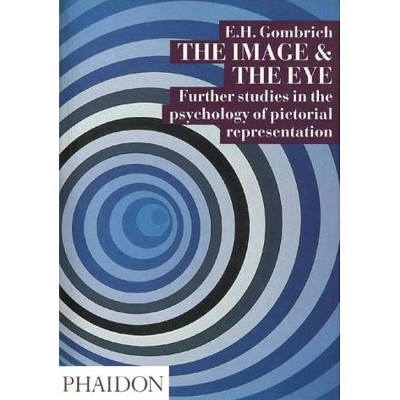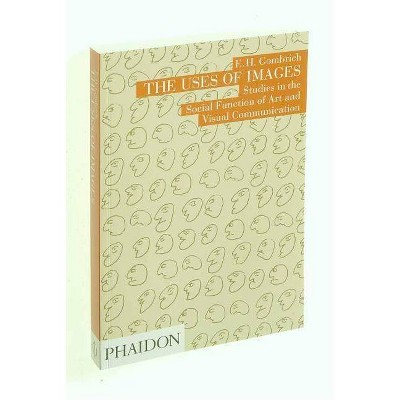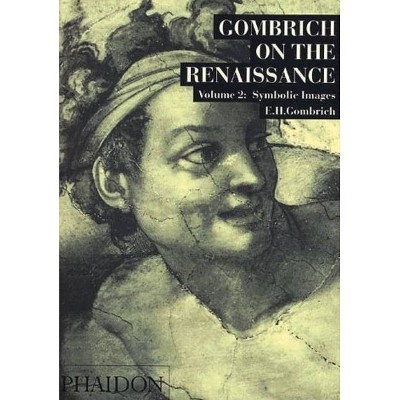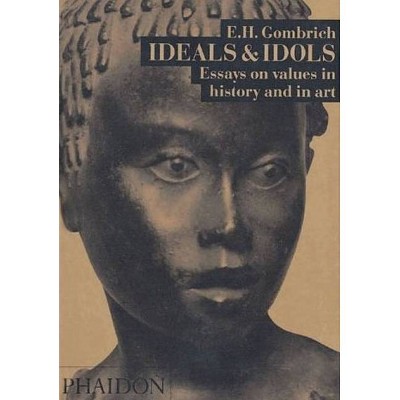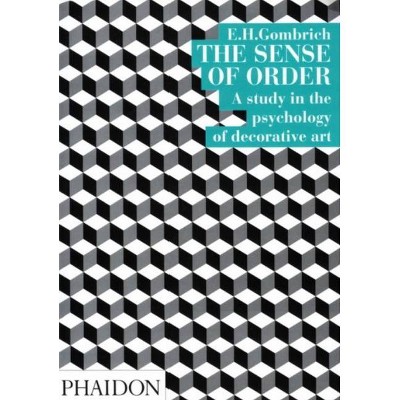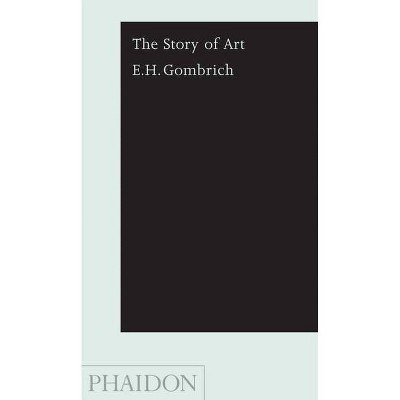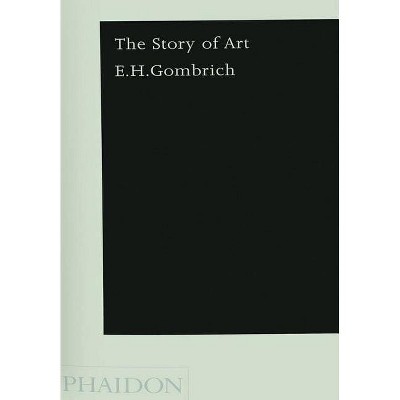The Preference for the Primitive - by Leonie Gombrich (Paperback)
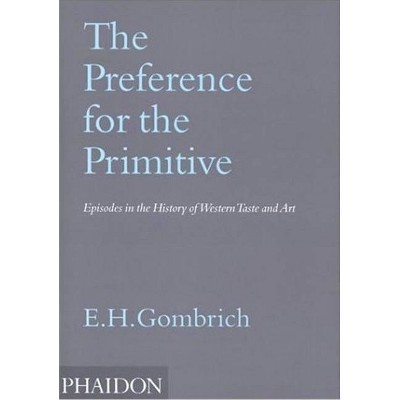
Similar Products
Products of same category from the store
AllProduct info
<p/><br></br><p><b> About the Book </b></p></br></br>Professor Gombrich's last book and first narrative work in over 20 years.<p/><br></br><p><b> Book Synopsis </b></p></br></br><p>Available in paperback for the first time, Professor Gombrich's highly-acclaimed last book offers a revealing insight into the history and psychology of taste. <i>The Preference for the Primitive</i> is a study of the idea that older and less sophisticated ('primitive') works are somehow morally and aesthetically superior to later works that have become soft and decadent. Summing up more than 40 years of study and reflection on this theme, this book presents a closely argued narrative supported by extensive quotations that document with precision the role of authors, critics and artists in shaping and changing opinion.</p><p/><br></br><p><b> Review Quotes </b></p></br></br><br>'<i>The Preference for the Primitive </i>deserves a place within any art library, completing the life's work of an important twentieth century writer.' (<i>Art Documentation</i>)<br><br>'A masterpiece of skilful discourse.' (Nigel Spivey, <i>The Daily Telegraph</i>)<br><br>'Gombrich brings his massive learning to bear on a very interesting set of questions.' (<i>The Spectator</i>)<br><br>'Gombrich is as usual masterly and vastly erudite.' (Martin Gayford, <i>The Sunday Telegraph</i>)<br><br>'Gombrich narrates these enchanting chapters in the history of taste with his usual clarity and ear for the eloquent quotation.' (<i>The New Republic</i>)<br><br>'Gombrich remains a giant of art history who tried to demystify the processes by which art is made. If Winckelmann yearned for 'noble simplicity' in art, and if Wackenroder preached 'pious simplicity', then Gombrich can be regarded as the High Priest of 'rational simplicity'.' (James Hall, <i>Times Literary Supplement</i>)<br><br>'Has there been an individual who could match Gombrich's gargantuan grasp of classical sources, the sheer scope of his reading? No ... <i>The Preference for the Primitive </i>... is lively and can be assimilated by artists, art historians and general readers alike.' (<i>Modern Painters</i>)<br><br>'Over the last half century we have come to expect from Gombrich work of extensive and detailed scholarship, nuanced, balanced, and rich in insight. This, his final work, upholds the standard he set ... This work is a final treasure for all interested in art and the history of ideas.' (<i>Religious Studies Review</i>)<br><br>'Take(s) on just about the weightiest and most controversial subject currently available for art-historical picking-over. For Gombrich to delay until his final book before taking on the appetite for perfectionism is akin to Michelangelo waiting until he was 92 before embarking upon the Sistine ceiling.' (Waldemar Januszczak, <i>The Sunday Times</i>)<br><br>'The book is a remarkable one, demonstrating in full measure Gombrich's extraordinary erudition ... acts as a convenient summary of many of the themes and issues to which he devoted a long and exceptionally distinguished career.' (Charles Saumarez Smith, Director, National Gallery, London, <i>Literary Review</i>)<br><br>'The great strength of this book is its historical sweep ... of interest to specialists and general readers alike.' (Colin Rhodes, Loughborough University, The <i>Burlington Magazine</i>)<br><br>'Throughout, Gombrich's account is supported by his easy familiarity with the writings of philosophers and aestheticians, of anthropologists and psychologists, but in the end what gives his approach such a rich tension is the fact that he remained fundamentally and unfashionably committed to the idea that an increase in mimetic skill represented a form of progress, and that the term primitive did not need to be hedged about with guilt-wracked inverted commas.' (<i>Apollo</i>)<br><p/><br></br><p><b> About the Author </b></p></br></br><p>Sir Ernst Gombrich was one of the greatest and least conventional art historians of his age, achieving fame and distinction in three separate spheres: as a scholar, as a popularizer of art, and as a pioneer of the application of the psychology of perception to the study of art. His best-known book, <i>The Story of Art </i>- first published 50 years ago and now in its sixteenth edition - is one of the most influential books ever written about art. His books further include <i>The Sense of Order</i> and <i>Art & Illusion</i>, as well as a total of 11 volumes of collected essays and reviews.</p><p>Gombrich was born in Vienna in 1909 and died in London in November 2001. He came to London in 1936 to work at the Warburg Institute, where he eventually became Director from 1959 until his retirement in 1976. He won numerous international honours, including a knighthood, the Order of Merit and the Goethe, Hegel and Erasmus prizes. </p><p>Gifted with a powerful mind and prodigious memory, he was also an outstanding communicator, with a clear and forceful prose style. His works are models of good art-historical writing, and reflect his humanism and his deep and abiding concern with the standards and values of our cultural heritage.</p>
Price History
Price Archive shows prices from various stores, lets you see history and find the cheapest. There is no actual sale on the website. For all support, inquiry and suggestion messagescommunication@pricearchive.us
